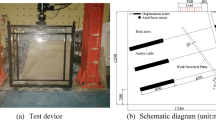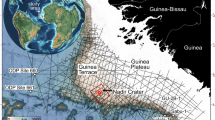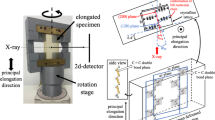Abstract
CHRISTMAS suggests cakes, and these the wish on my part to describe a method of cutting them that I have recently devised to my own amusement and satisfaction. The problem to be solved was, “given a round tea-cake of some 5 inches across, and two persons of moderate appetite to eat it, in what way should it be cut so as to leave a minimum of exposed surface to become dry?” The ordinary method of cutting out a wedge is very faulty in this respect. The results to be aimed at are so to cut the cake that the remaining portions shall fit together. Consequently the chords (or the arcs) of the circumferences of these portions must be equal. The direction of the first two vertical planes of section is unimportant; they may be parallel, as in the first figure, or they may enclose a wedge. The cuts shown on the figures represent those made with the intention of letting the cake last for three days, each successive operation having removed about one-third of the area of the original disc. A common india-rubber band embraces the whole and keeps its segments together.
This is a preview of subscription content, access via your institution
Access options
Subscribe to this journal
Receive 51 print issues and online access
$199.00 per year
only $3.90 per issue
Buy this article
- Purchase on SpringerLink
- Instant access to full article PDF
Prices may be subject to local taxes which are calculated during checkout
Similar content being viewed by others
Rights and permissions
About this article
Cite this article
G., F. Cutting a Round Cake on Scientific Principles. Nature 75, 173 (1906). https://doi.org/10.1038/075173c0
Issue date:
DOI: https://doi.org/10.1038/075173c0
This article is cited by
-
Quantaslicing: Scientifically Slicing Cakes
Resonance (2024)



